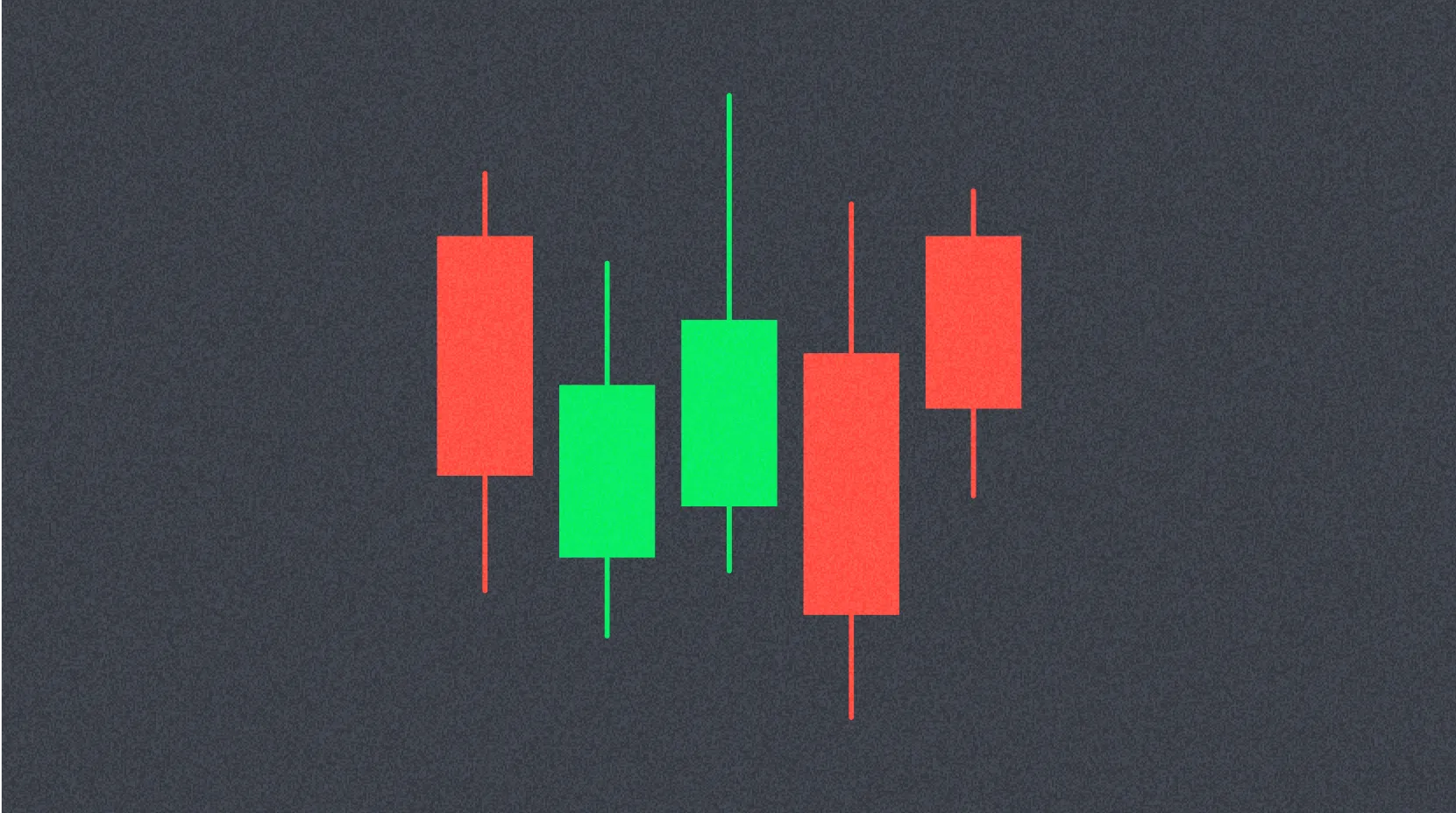AUM Anlamı: Yönetim Altındaki Varlıklar Açıklaması


Kripto ve Finans'ta AUM Nedir?
Yönetim Altındaki Varlıklar (AUM)müşteriler adına bir birey, şirket veya kurum tarafından yönetilen tüm varlıkların toplam piyasa değerine atıfta bulunur. Bu, yatırımcı etkinliğini ve piyasa performansını yansıtan dinamik bir rakamdır.
AUM, fonların, borsaların ve varlık yöneticilerinin ölçeğini ve güvenilirliğini değerlendirmeye yardımcı olan kritik bir metriktir. Temel soruya cevap verir:
"Bu yöneticinin ne kadar parası var?"
AUM'u Neler Etkiler?
Bir finansal varlığın AUM'u şunlara bağlı olarak dalgalanır:
- Yatırımlar & Çekimler: Yeni para girişleri AUM'yi artırırken, çekimler bunu düşürür.
- Piyasa Hareketleri: Artan varlık fiyatları AUM'u artırır; düşen fiyatlar bunu küçültür.
- Yatırım Performansı: Portföydeki kazançlar veya kayıplar toplamı doğrudan etkiler.
Yani AUM statik değildir - değişirgünlük.
Yönetim Altındaki Varlıklar in Geleneksel Finans
1. Yatırım Fonları ve ETF'ler
Büyük AUM, daha fazla yatırımcı güveni, likidite ve istikrar anlamına gelir. Ayrıca fon değerlendirmelerini de etkiler.
2. Varlık Yönetimi Şirketleri
Müşteri güveni genellikle AUM ile ilişkilidir. Danışmanlar genellikle AUM'un bir yüzdesine (örneğin, yıllık %1) dayalı bir ücret talep ederler.
3. Kurumsal Portföyler
Büyük bankalar ve sigorta firmaları, piyasa gücünü ve erişimini göstermek için AUM raporlar. Bu, finansal sistemdeki etkilerinin bir göstergesidir.
AUM in Crypto
Kripto dünyasında, AUM benimseme ve sermaye tahsisini takip etmeye yardımcı olur. Şunlara uygulanabilir:
1. Kripto Fonlar ve Varlık Saklayıcılar
Varlık yöneticileri, tutulan token'ların toplam değerini göstermek için AUM raporlar. Örneğin, 500M $ değerinde BTC ve ETH yöneten bir kripto hedge fonunun 500M $ AUM'si vardır.
2. Borsalar (CeFi & DeFi)
Merkezi borsalar, likiditeyi göstermek için AUM raporu verebilir. Merkeziyetsiz protokoller, benzer bir terim kullanır: TVL (Toplam Değer Kilitli).
3. DeFi Protokolleri
TVL, borç verme uygulamaları, likidite havuzları veya getiri çiftlikleri gibi DeFi platformlarına kilitlenmiş toplam varlık değerini temsil eder. Teknik olarak AUM'dan farklı olmasına rağmen,TVL, DeFi dünyasının versiyonudur bu metriğin.
Neden AUM Önemlidir
Yüksek AUM sadece bir gösteriş metriği değil—gerçek etkileri vardır:
- Yatırımcı Güveni: Daha büyük AUM güvenilirlik ve kullanıcı güvenini işaret eder.
- Gelir Modeli: Çoğu varlık yöneticisi, AUM'un (yönetim ücretleri) bir kısmını kazanır.
- Likidite: Daha fazla varlık, daha derin emir defterleri ve daha pürüzsüz çıkışlar anlamına gelir.
- Karşılaştırmalı Değerlendirme: Analistler, fonları veya protokolleri yan yana karşılaştırmak için AUM kullanır.
Kripto para dünyasında, gibi platformlarGate.comgenellikle yüksek AUM projelerini öne çıkarır, kullanıcılara güçlü likidite ve kurumsal destek sunan token'lara erişim sağlar.
AUM ve TVL: Fark Nedir?
| Metrik | Geleneksel Finans | Kripto DeFi |
|---|---|---|
| AUM | Bir fon veya kurum tarafından yönetilen toplam varlıklar | Merkezi borsalar ve fonlar tarafından kullanılır |
| TVL | Geçerli değil | DeFi protokollerinde (staking, likidite, borç verme) kilitlenmiş toplam değer |
Kısacası, her ikisi de temsil edersermaye yoğunlaşması, sadece farklı ekosistemlerde.
SSS
1. AUM neyi ifade eder?
AUM Yönetim Altındaki Varlıklar anlamına gelir.Yönetim Altındaki Varlıklarbir firma veya protokol tarafından yönetilen müşteri varlıklarının toplam değeri.
2. AUM günlük olarak değişir mi?
Evet. AUM, piyasa fiyatları, yatırımlar, çekimler ve yatırım getiri oranlarından etkilenir.
3. AUM neden kripto para için önemlidir?
AUM (veya DeFi'de TVL) güven, likidite ve protokol kullanımının önemli bir göstergesidir. Daha yüksek AUM genellikle daha büyük piyasa güveni anlamına gelir.
4. AUM, TVL'den nasıl farklıdır?
AUM, yönetilen tüm varlıkları içerirken, TVL sermaye üzerinde yoğunlaşır.kilitliDeFi'deki akıllı sözleşmelerde.
5. Gate.com'da yüksek AUM'lu token'lara yatırım yapabilir miyim?
Kesinlikle. Gate.com sık sık güçlü AUM veya TVL'ye sahip büyük fonlar ve protokollerin tokenlerini listelemektedir, bu da size güvenle ve likidite ile işlem yapma imkanı sunar.

CryptoJack neden bu boğa koşusunda Gate.com ve GT TOKEN hakkında bu kadar umutlu?

Spot ve Vadeli İşlem Trade Arasındaki Fark: Tam Kılavuz

Kripto ETF vs Bitcoin Sahibi Olmak: İngiliz Ticaretinin Bilmesi Gerekenler

AVSC ETF Derinlemesine İnceleme: Avantis ABD Küçük Ölçekli Hisse Senedi ETF'si Nedir?

AVNT Hisse Fiyatı Alıntısı ve Tahmini

Vadeli İşlem Açık Pozisyonları ve Fonlama Oranları, Kripto Türev Piyasasındaki Trendleri Nasıl Sinyal Eder?

OBT Nedir: Sonuç Odaklı Eğitim ve Uygulama Alanlarına Kapsamlı Rehber

VIC Nedir: Araç Tanımlama Kodu ve Otomotiv Sektöründeki Önemi Üzerine Kapsamlı Rehber

2025 PSG Fiyat Tahmini: Uzman Analizi ve Önümüzdeki Yıl İçin Piyasa Tahmini

2025 OAS Fiyat Tahmini: Gelecek Yıl için Piyasa Analizi ve Uzman Görüşleri

Rivalz Network Token: RIZ Listelemesi, Piyasa Bilgileri ve Satın Alma Süreci Hakkında Kapsamlı Kılavuz







